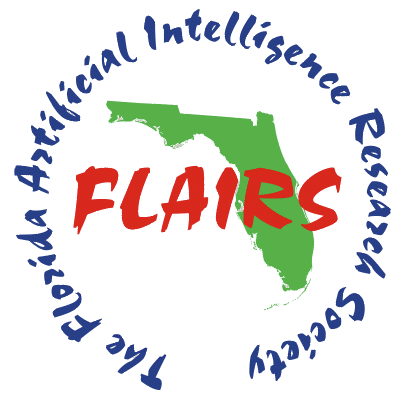Leveraging Organizational Hierarchy to Simplify Reward Design in Cooperative Multi-agent Reinforcement Learning
DOI:
https://doi.org/10.32473/flairs.37.1.135588Abstract
The effectiveness of multi-agent reinforcement learning (MARL) hinges largely on the meticulous arrangement of objectives. Yet, conventional MARL methods might not completely harness the inherent structures present in environmental states and agent relationships for goal organization. This study is conducted within the domain of military training simulations, which are typically characterized by complexity, heterogeneity, non-stationary and doctrine-driven environments with a clear organizational hierarchy and a top-down chain of command. This research investigates the approximation and integration of the organizational hierarchy into MARL for cooperative training scenarios, with the goal of streamlining the processes of reward engineering and enhancing team coordination. In the preliminary experiments, we employed two-tiered commander-subordinate feudal hierarchical (CSFH) networks to separate the prioritized team goal and individual goals. The empirical results demonstrate that the proposed framework enhances learning efficiency. It guarantees the learning of a prioritized policy for the commander agent and encourages subordinate agents to explore areas of interest more frequently, guided by appropriate soft constraints imposed by the commander.
Downloads
Published
How to Cite
Issue
Section
License
Copyright (c) 2024 Lixing Liu, Volkan Ustun, Rajay Kumar

This work is licensed under a Creative Commons Attribution-NonCommercial 4.0 International License.


